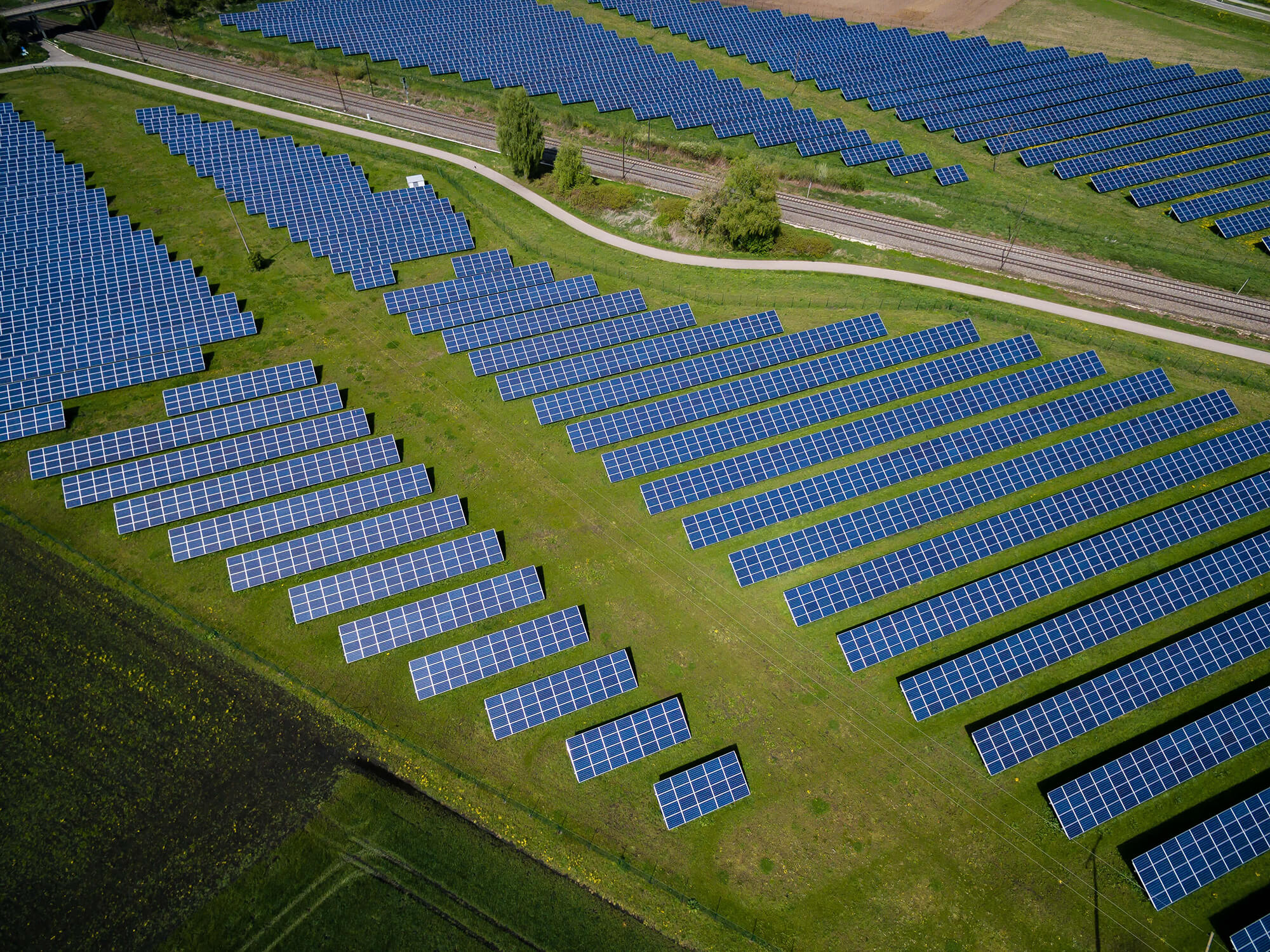Back when there were considerable feed-in tariffs, such as the $0.60/kWh feed-in tariff seen in NSW, a bigger system was absolutely always better. You wanted to pump as much power as possible to the grid to cash in.
However, with feed-in tariffs being closer to $0.08-0.10 /kWh, it is prudent to design a solar system based on your own power requirements.
As mentioned in another article, when you pay for your system up front you expect that it will produce a certain number of kWh over its lifetime. If you divide the cost of your system by that expected number of lifetime kWh you get what’s called its Levelised cost of Energy. This is the approximate cost to you of each unit your solar system produces.
Typically this values floats around $0.11/kWh with variations depending on specific systems.
While it’s likely that the Levelised cost of Energy will come down as PV becomes cheaper, $0.11 is still close enough to the feed-in tariffs’ $0.08-0.10 /kWh value that you aren’t really making any money when you export power back to the grid.
It’s best to size your system so that you are just meeting your requirements throughout the year. This may mean getting a system slightly bigger than your summer requirements, so that you meet your winter requirements. But even in this case the system is designed against your energy use, not as a generator to export bulk power to the grid.










